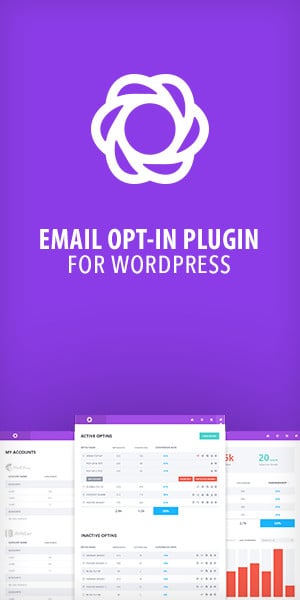1. Understand What Marketing Analytics Is
Marketing analytics is the practice of measuring, managing, and analyzing marketing performance data to maximize effectiveness and ROI. It helps:
- Identify which strategies work
- Understand customer behavior
- Make data-backed decisions
2. Set Clear Campaign Goals and KPIs

Before launching a campaign, define what success looks like:
- Increase website traffic
- Improve conversion rates
- Grow social media engagement
- Generate qualified leads
Establish key performance indicators (KPIs) to track your progress effectively.
3. Track the Right Marketing Metrics
Focus on actionable metrics that align with your goals:
- Traffic Sources: Know where your visitors come from (organic, paid, referral)
- Conversion Rate: How many visitors take a desired action
- Bounce Rate: The percentage of visitors who leave after viewing one page
- Cost Per Acquisition (CPA): How much it costs to gain a new customer
- Customer Lifetime Value (CLV): Total revenue expected from a customer over time
4. Leverage Customer Segmentation and Behavior Data
Use analytics to segment your audience by:
- Demographics (age, gender, location)
- Behavior (pages viewed, time on site)
- Purchase history and preferences
Personalized campaigns based on these segments improve relevance and engagement.
5. Use A/B Testing for Continuous Improvement
A/B testing compares two versions of a campaign element (like headlines, CTAs, or images) to determine which performs better. It helps:
- Increase click-through and conversion rates
- Validate changes before full-scale implementation
6. Apply Predictive Analytics for Smarter Targeting
Predictive analytics uses machine learning and historical data to forecast future customer actions. It enables marketers to:
- Identify high-value leads
- Deliver targeted offers at the right time
- Improve budget allocation
7. Monitor Campaign Performance in Real-Time
Real-time analytics allows quick responses to underperforming campaigns. You can:
- Pause or adjust ad spend
- Refine targeting
- Optimize creatives based on live data
8. Visualize Data for Better Insights

Use dashboards and visualization tools (e.g., Google Data Studio, Tableau) to:
- Spot trends and anomalies
- Share insights with stakeholders
- Make complex data more accessible
9. Integrate Data Across Channels
Unify data from different platforms (social media, email, PPC, website) for a holistic view. Cross-channel analysis provides deeper insights into customer journeys and campaign touchpoints.
10. Turn Insights into Action
Analytics are only valuable when used to improve strategy. Use findings to:
- Refine messaging and targeting
- Improve content strategy
- Boost overall campaign ROI
Conclusion
Data analytics transforms marketing from guesswork into a strategic, results-driven process. By tracking the right metrics, segmenting your audience, testing your tactics, and acting on insights, you can significantly improve the effectiveness of your campaigns. In the age of digital marketing, data isn’t just helpful—it’s essential.







